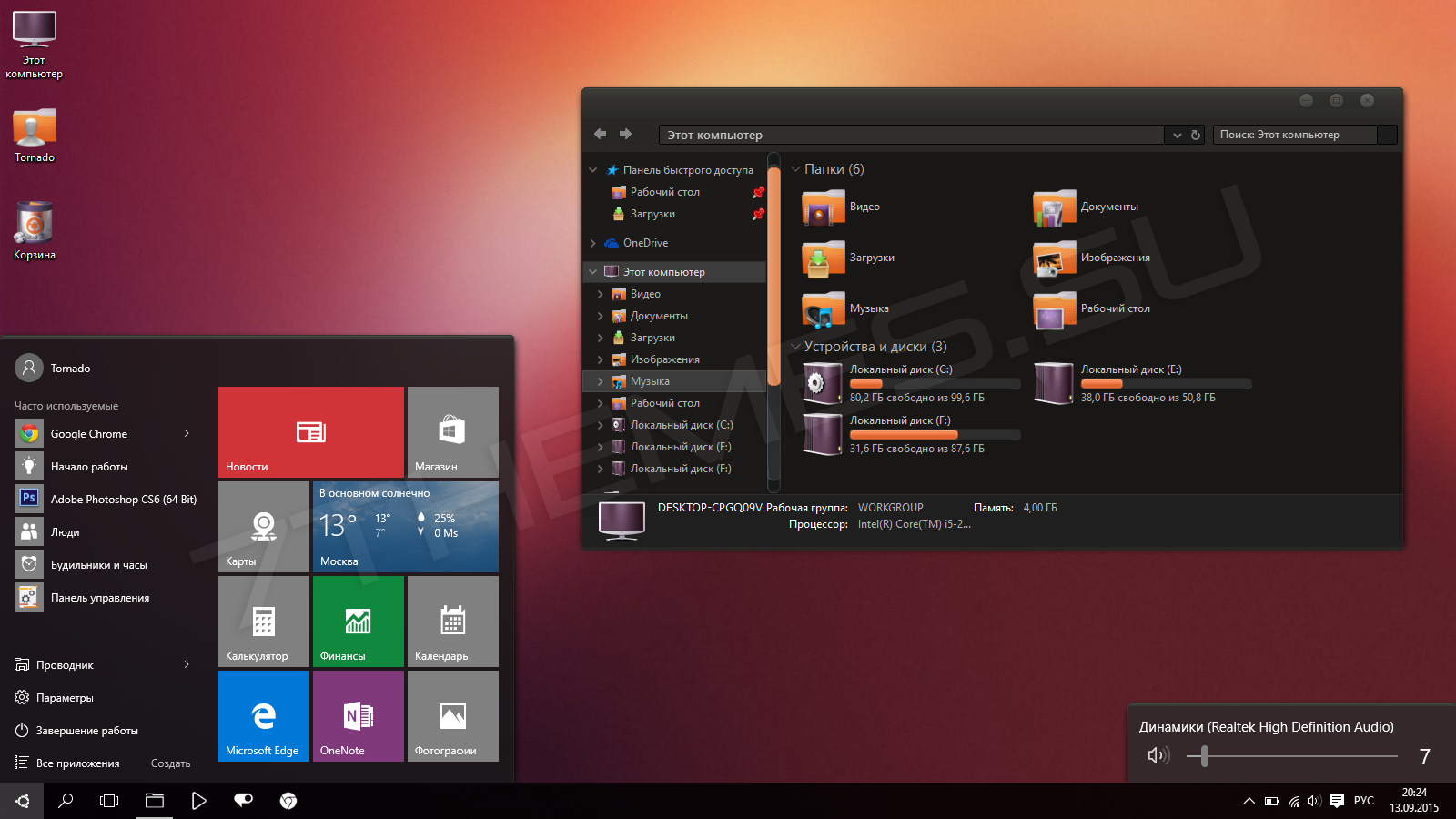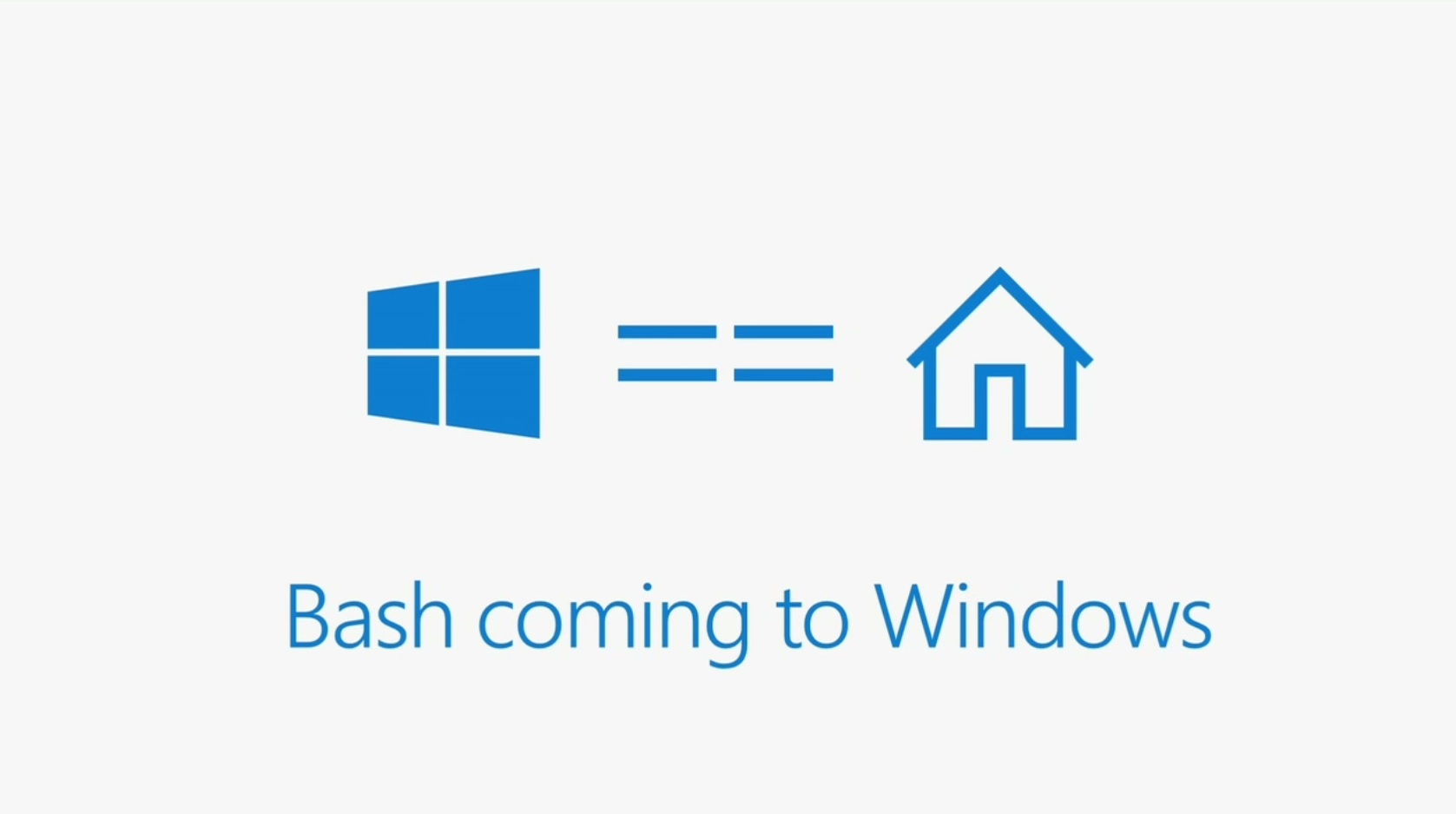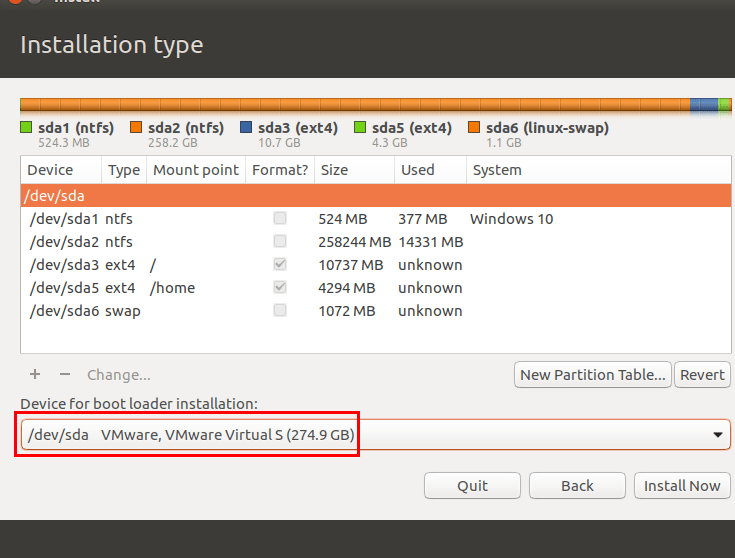

You must first enable the “Windows Subsystem for Linux” optional feature before installing any Linux distributions on Windows. Step 1: Enable the Windows Subsystem for Linux If not, you can still install WSL1 by only completing steps 1 and 5.

You can check this by opening the “About my PC” option from Windows Start and check that the version is “1093” or above and with Build 18362 or Higher. So, the bottom line is that Windows users can now get the same Linux experience that they get on a Mac or Linux desktop.īefore you start to setup WSL2, you must satisfy Windows 10 version requirements. This avoids clunky workarounds like Virtual Machines and Cygwin that can slow down your machine.

This means developers using Windows machines have access to the complete Linux command line toolset (vi, grep, awk, sed, etc.) and can run their favourite distro on Windows. With continued support from Microsoft, more distros such as SUSE, Alpine, Kali, Debian have followed the steps of Ubuntu and released their distros for WSL. During the initial days, Microsoft achieved this by building the WSL by working with Canonical to run Ubuntu on top of WSL. Microsoft has brought “native” Linux capabilities to Windows 10 by allowing you to install Ubuntu Bash. Docker, Git, Python, Spark and all the data munging Linux commands) natively on Windows 10. WSL2 provides the ability to run a complete set of Ubuntu tools, VS Code and utilities ( e.g. VS Code can integrate with WSL2 using the Remote-WSL extension. Improvements in WSL2 have made dramatic file system performance increases, and full system call compatibility, meaning you can run more Linux apps in WSL2 such as Docker. So, Microsoft has started shipping a real Linux kernel with Windows that will make full system call compatibility possible. With the growth of public cloud, DevOps practices and continued acceptance of Linux based workloads in production has reinforced the need to have native Linux support on Windows. In line with the WSL updates, I am providing an updated overview of the installation steps in the original blog. Since then, Microsoft has made improvements and has released the WSL2 version and subsequently, the installation steps and system requirements have changed. This has been one of the most popular blog pages on the Altis site. I wrote the blog on Installing Ubuntu Bash for Windows 10 using WSL (Windows Subsystem for Linux) a few years back. Anandraj Jagadeesan, Principal Consultant – Altis Sydney


 0 kommentar(er)
0 kommentar(er)
